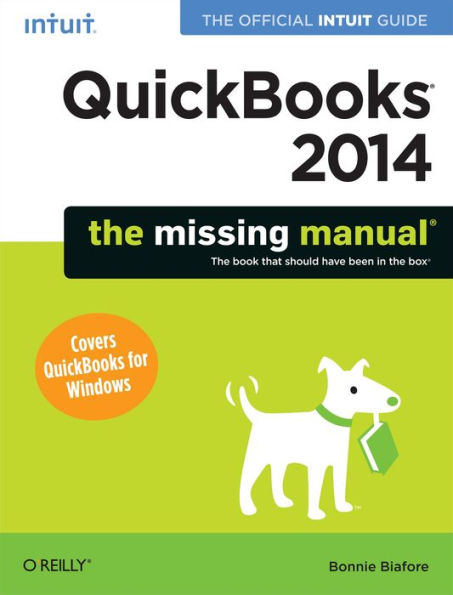
QuickBooks 2014: The Missing Manual: The Official Intuit Guide to QuickBooks 2014
810
QuickBooks 2014: The Missing Manual: The Official Intuit Guide to QuickBooks 2014
810eBook
Related collections and offers
Overview
How can you make your bookkeeping workflow smoother and faster? Simple. With this Missing Manual, you’re in control of QuickBooks 2014 for Windows. You get step-by-step instructions on how and when to use specific features, along with basic accounting advice to guide you through the learning process. That’s why this book is the Official Intuit Guide to QuickBooks 2014.
The important stuff you need to know:
- Get started. Quickly set up your accounts, customers, jobs, and invoice items.
- Learn new features. Get up to speed on the Bank Feed Center, Income Tracker, and other improvements.
- Follow the money. Track everything from billable time and expenses to income and profit.
- Spend less time on bookkeeping. Use QuickBooks to create and reuse bills, invoices, sales receipts, and timesheets.
- Keep your company financially fit. Examine budgets and actual spending, income, inventory, assets, and liabilities.
- Find key info fast. Rely on QuickBooks’ Search and Find features, as well as the Vendor, Customer, Inventory, and Employee Centers.

Product Details
| ISBN-13: | 9781449341718 |
|---|---|
| Publisher: | O'Reilly Media, Incorporated |
| Publication date: | 10/18/2013 |
| Sold by: | Barnes & Noble |
| Format: | eBook |
| Pages: | 810 |
| File size: | 23 MB |
| Note: | This product may take a few minutes to download. |
About the Author
Bonnie Biafore is a Project Management Professional (PMP) with more than 25 years' experience helping clients, large and small, make project management excellence part of their business strategies. She is the author of 26 books about project management, investing, personal finance, Microsoft Project, QuickBooks, and other software programs.
